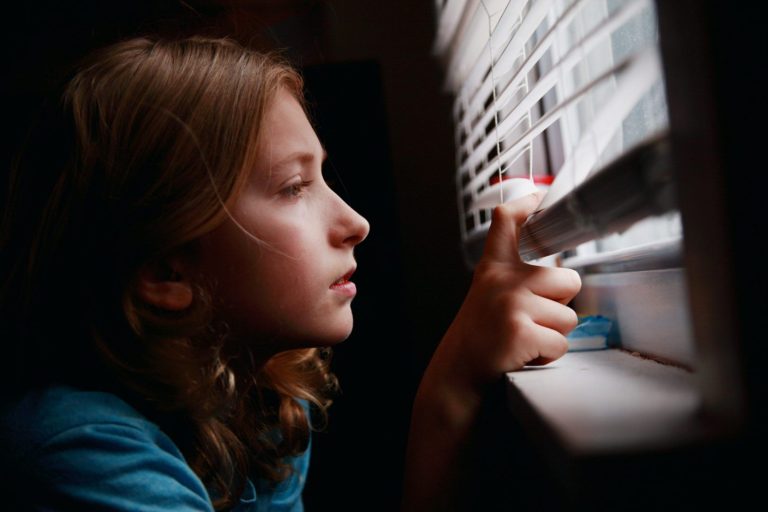“The empty chair” technique used in Gestalt therapy
The empty chair technique is one of the most popular techniques used in Gestalt therapy and also, it’s one of the most common techniques associated with client oriented therapies and psychotherapy session. But let’s start with defining the bases. What is Gestalt therapy?
Gestalt Therapy is a client oriented therapy based around the concept of here and now. To be more precise, it helps the client to focus on the processes that are happening in the moment rather then what happened in the past or what may happen in the future. However, past experiences are being brought in the presence by re-enactment. This process is basically one way of going through those experiences like they’re happening in the moment so that the client can identify the negative patterns of behavior, work on particular memories that are still painful or simply come up with a closure of a painful experience. It is commonly used for clients that deal with anxiety, panic disorders, depression, self-esteem issues, relationship issues and sometimes even body processes like migraine, back and neck pain etc.
The empty chair technique is characteristic of some styles of gestalt therapy. It is often effective at facilitating client’s integration of different aspects or “disowned parts” of their personality in order to further psychotherapeutic insight. It is one of a variety of interventions that help people move from talking about something towards the fullness of immediate, present experience – sensation, affect, cognition, movement. The less people are “in touch,” or “verbalizing,” or abstractly thinking, the more likely therapists are to use this as an expressive technique. It is not used for clients whose emotionality is already dramatic and who may be already subject to emotional “flooding”. The empty chair technique is a very productive technique because it confronts the client with the particular situation, process, person or object of concern. It is a possibility for the client to speak about things that they never had the chance to say or simply see into something from a completely different perspective.
How can this technique help the client? The answer is simple. Present experience. This technique brings you into the “here and now” of your present experiences. As you verbalize what’s going on, the abstract becomes more concrete. As you take on the other person’s role, you gain insight into your own perspective as well as theirs.
If the chair represents part of you or an internal conflict, you experience different aspects of yourself and gain insight into your struggle. This discovery aspect is the ultimate goal of gestalt therapy and the empty chair technique.
Established by Fritz Perls, Gestalt therapy has been widely used by therapists since its inception in the 1940s. The technique has proven to be a powerful tool for understanding and insight. Gestalt therapy continues to thrive as a widespread form of psychotherapy, especially throughout Europe, where there are many practitioners and training institutions
Source: www.psychologytoday.com
www.mentalhealth.net
“Gestalt therapy” , Fritz Perls, Ralph Hefferline, Paul Goodman (1951)
Tiana Ivanovska is a graduated Psychologist and Masters student on Strategic Management of HR. She is also a Gestalt therapist under supervision. She loves retro music, video games, nature and simplicity. She is participating in a summer internship programme at Willingness.com.mt.







